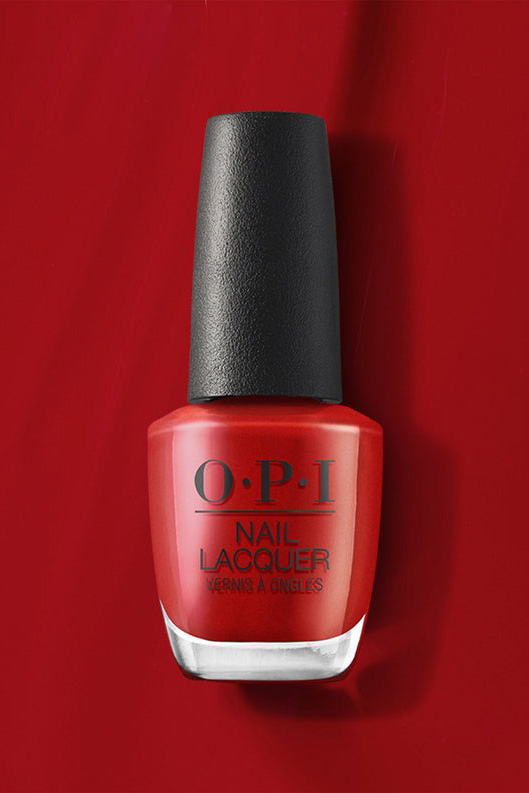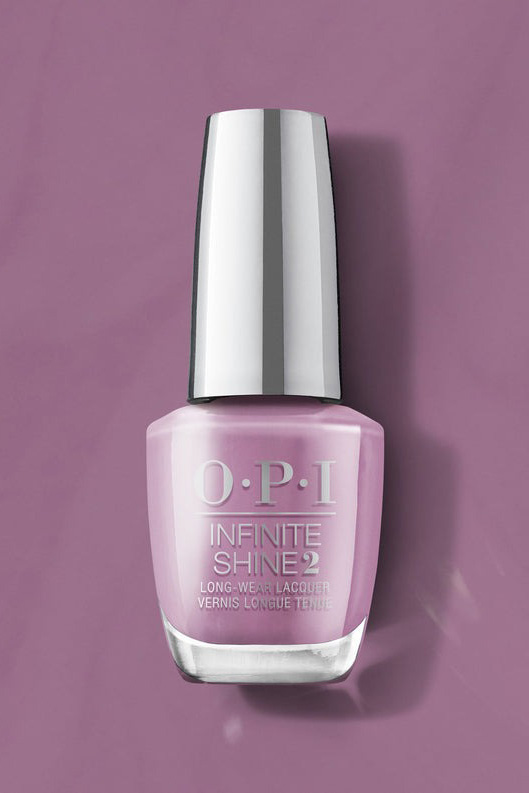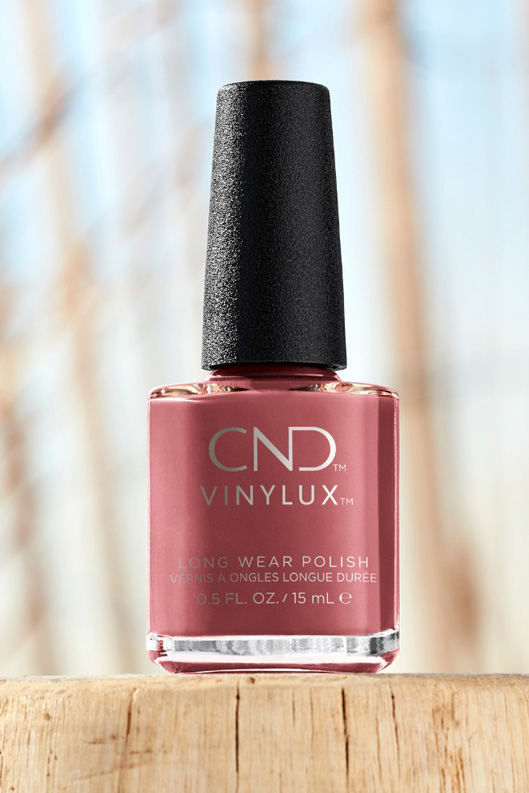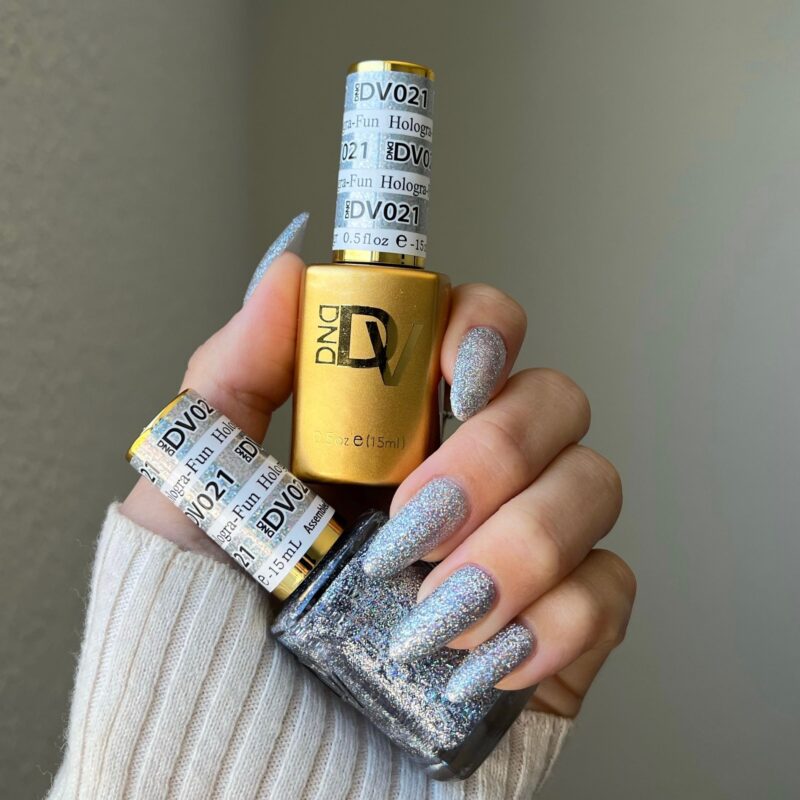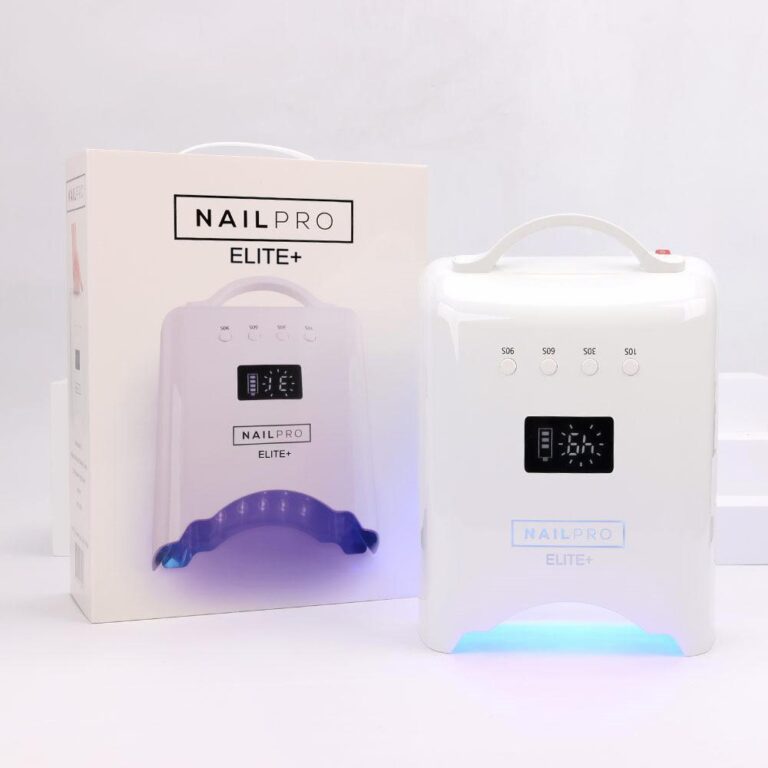Blog
How Do You Clean Acrylic & Gel Nail Brushes?
Are all of your acrylic and gel nail brushes clean and ready for the much-anticipated reopening of salons? It is common knowledge for every nail technician that brushes have to always be in the best condition for client, so make sure you’re one step ahead of the game by preparing your brushes now with these tips.
The Best Way to Clean Acrylic Nail Brushes
Adopt a Regular Cleaning Routine
One way to make sure your acrylic nail brushes are constantly in tip-top shape is to give them a wipe with a lint-free cloth and monomer after every use. By adopting this regular routine, you can significantly limit the dirt and product build-up!
Monomer Vs. Acetone
The argument between whether you should use monomer or acetone when cleaning acrylic nail brushes depends on whether you use natural hair or synthetic brushes.
If you use natural hair acrylic nail brushes, it is better to use monomer rather than acetone. This is because acetone is too harsh for the bristles, dehydrating them and causing them to work less effectively.
If you use synthetic brushes, we would still recommend using monomer even though they can withstand acetone. Acetone can still dry out synthetic bristles, but not as quickly compared to natural hair bristles.
How to Remove Product Build-Up
It isn’t uncommon to see brushes with tough product build-up, but don’t give up too easily. Try and remove this by following these steps:
- Fill a shallow dish with some monomer nail liquid and leave your brushes to soak for a couple of hours or overnight, depending on the build-up
- After soaking, rinse the bristles with warm water and leave on a towel to air dry
- Once dry, leave to soak in a shallow dish filled with monomer again for another couple of hours
- Rinse again and leave to air dry on a towel
Once dry, the product build-up should be removed. If not, assess your nail acrylic mix to check the ratio and repeat the steps above until your nail brush is free of build-up.
The Best Way to Clean Gel Nail Brushes
Gel nail brushes are usually made from synthetic fibres and so, you can use both monomer and acetone to clean them. Monomer is recommended as acetone can still dry out the synthetic fibres, but the beauty of synthetic is that they are more durable and need less maintenance. Just a quick dip and wipe after uses will keep them in good condition.
One tip: to make sure that your brush doesn’t cure in between or after nail treatments, don’t leave it out in direct sunlight!
Signs to Replace Your Acrylic & Gel Nail Brushes
The bristles are the things to look out for when you’re thinking about if you need replacements. If they are starting to fray and they don’t snap back into place, then it’s time to replace your brushes.
Need some replacements before the salons open? Look no further! We’ve got a huge range of Acrylic & Gel Nail Brushes right here in our shop.

